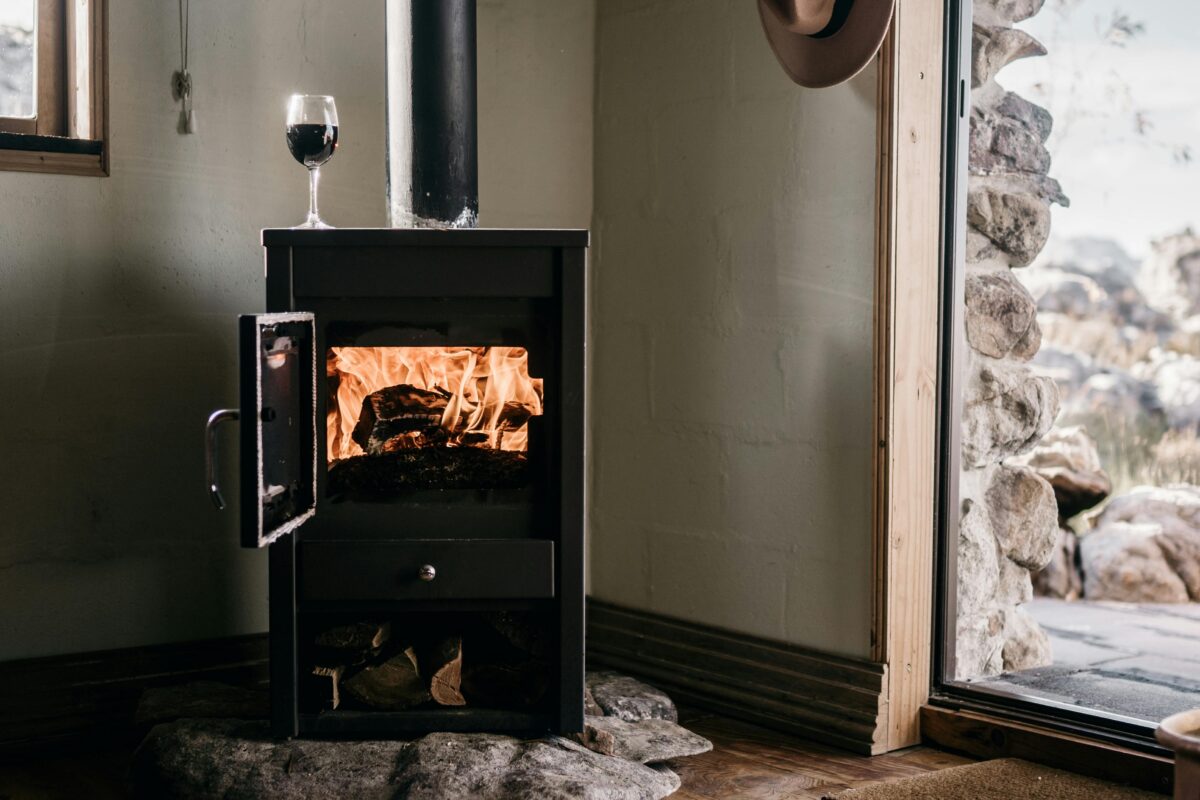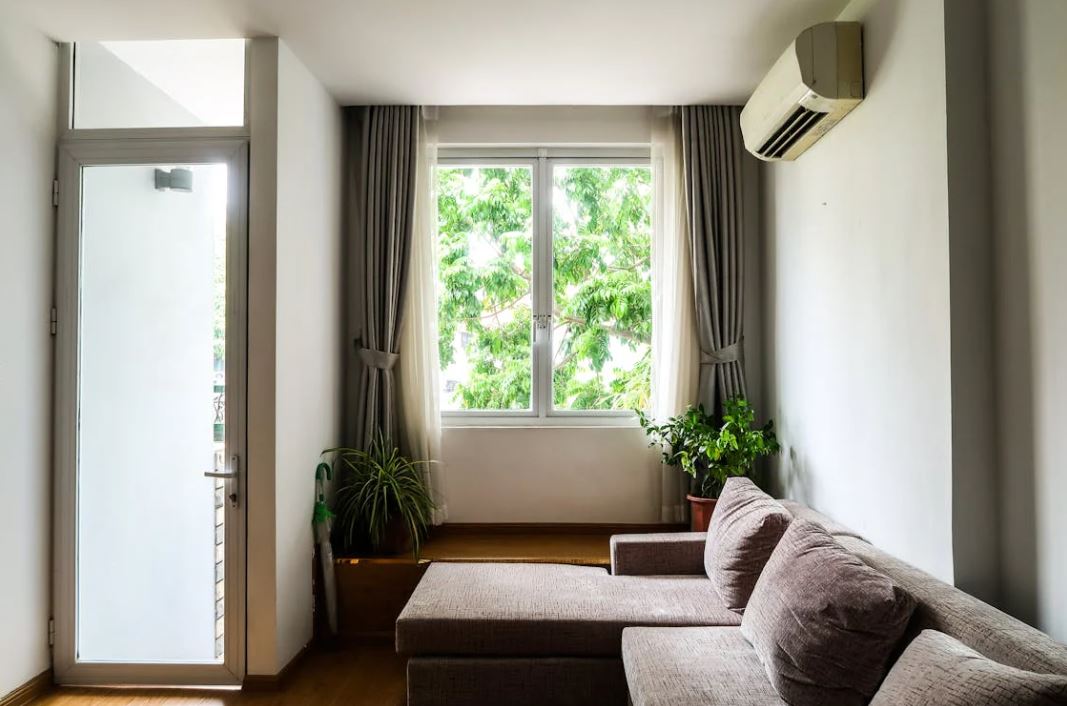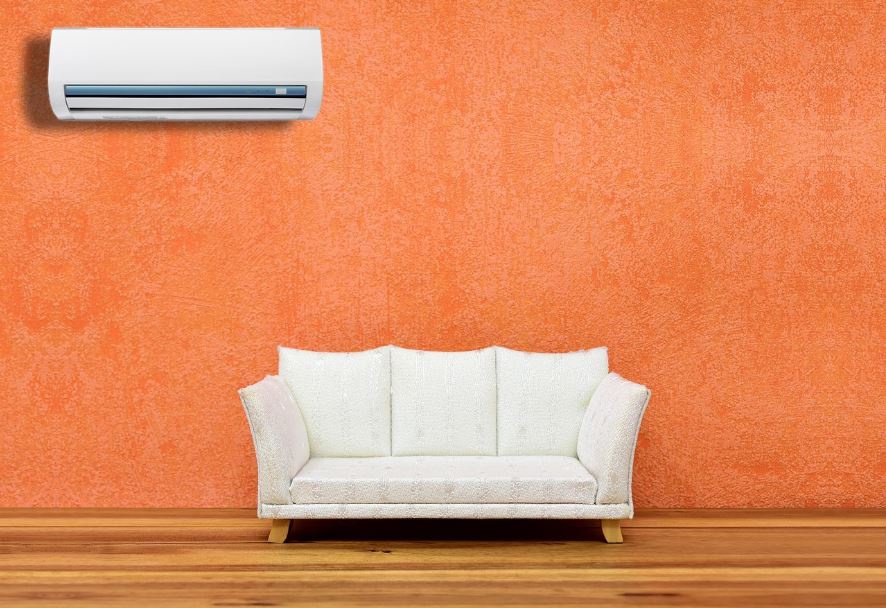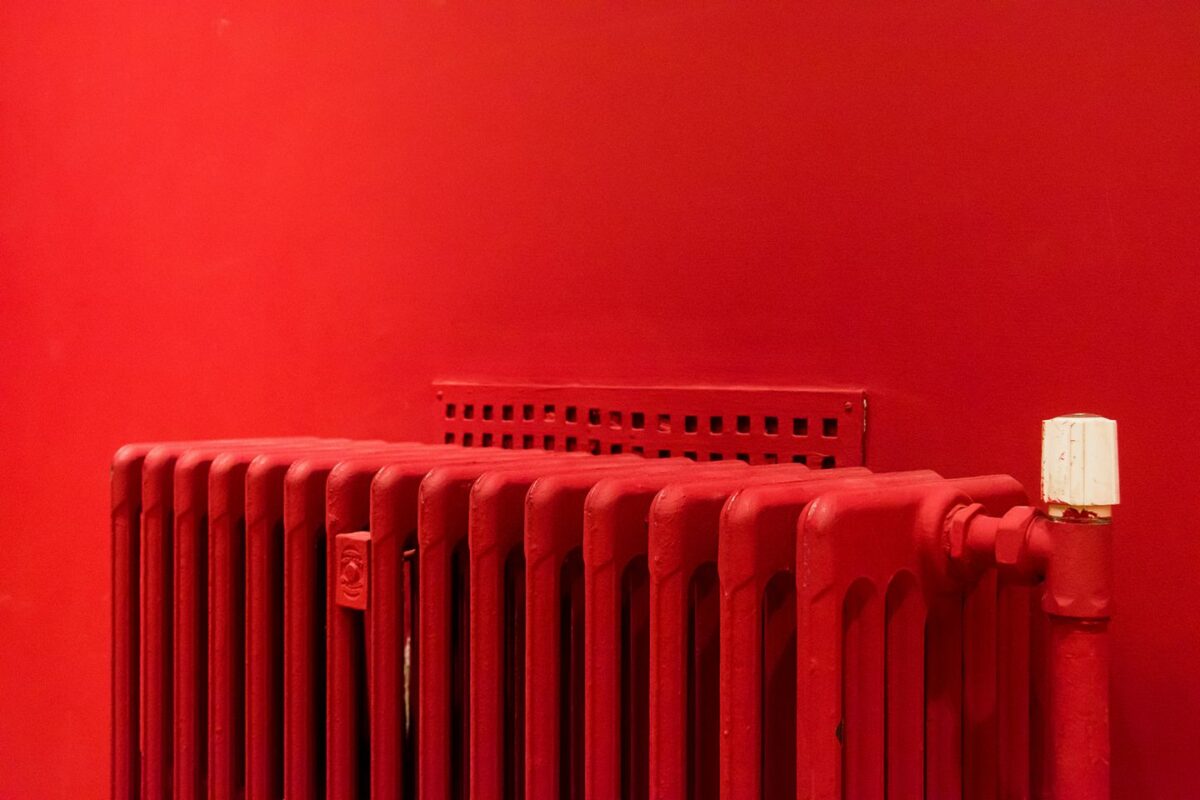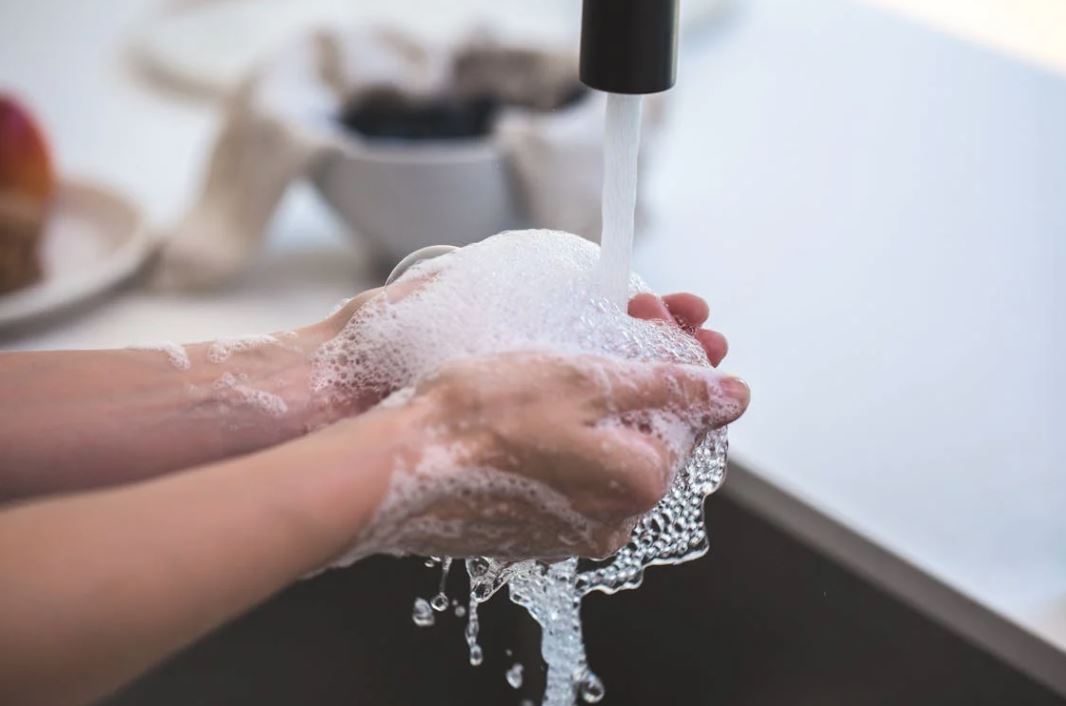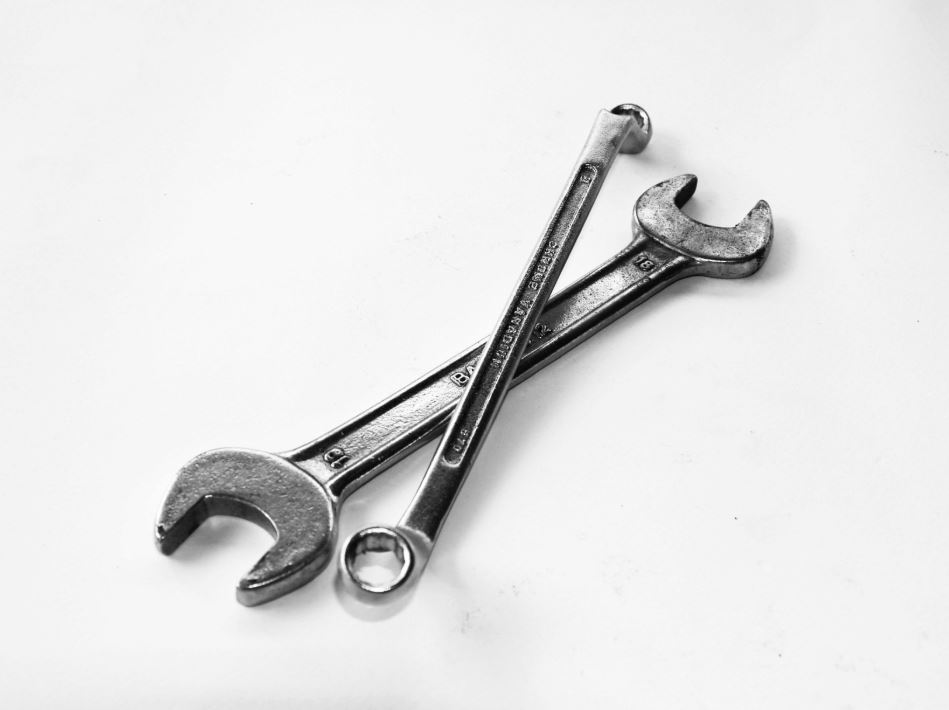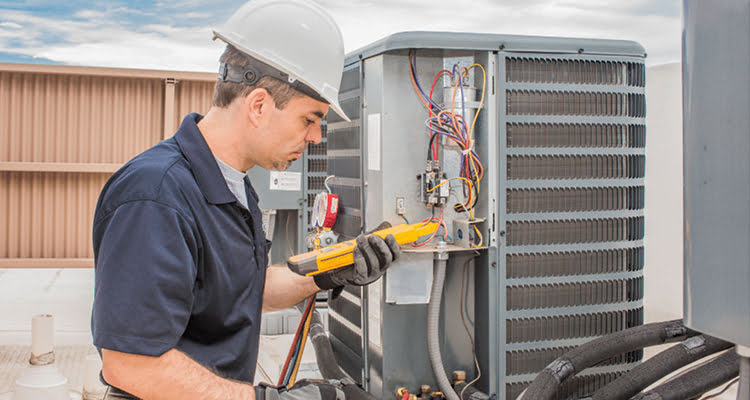Adjust Your Thermostat for Optimal Efficiency
Adjusting your thermostat settings in winter can help reduce heating costs. These energy-saving thermostat tips can lower your overall energy bill costs when you practice them all winter long.Lower the Thermostat When Away
When your home is unoccupied, it’s a good idea to set the thermostat lower. This way, you aren’t fully heating the space when no one is home.Use a Programmable or Smart Thermostat
Smart or programmable thermostats automatically make temperature adjustments based on when you are home, sleeping, or away for longer amounts of time. Energy savings from smart thermostats can be significant compared to using older traditional models.Seal Drafts and Insulate Your Home Properly
If you have an older home, there are some home insulation tips that can help keep in some of that heat, especially if you have a drafty attic, older windows, or doors that need to be sealed.Seal Windows and Doors
To seal windows in the winter, you can use kits that will weatherstrip your window with materials that go over the window itself. Weatherproof doors by sealing larger seems along the sides, and place a draft blocker at the bottom of the door. These door draft blockers are inexpensive and look like a big stuffed sock that goes along the bottom of the door. It’s very helpful in keeping heat inside where it belongs.Insulate the Attic and Walls
With an older attic, or walls that aren’t insulated properly, there isn’t a way for your home to retain as much heat. That’s why having attic insulation installed or going even further to fully get some wall insulation for winter, will seriously help to keep energy costs down. Your home will retain heat much better. It may be a bit of an investment to insulate the attic and walls with winter-rated insulation, but overall you’ll be amazing at how much your heating costs go down.Maximize Natural Heat from the Sun
The sun is a great natural heat source, even in the winter. There are ways to use the winter heating sunlight as a free heat source. Sunlight heating is as simple as opening curtains or blinds during the day to let the sunlight warm up the home. Don’t forget to close them at night to retain the heat.Maintain Your Heating System for Peak Efficiency
Regular heating system maintenance will keep your heating systems running efficiently. Here are some furnace maintenance tips that will help.Replace Furnace Filters Regularly
Having clean air filters will improve airflow and efficiency. Make sure you replace those filters regularly. That’s usually every three months to replace furnace filters. You may also be able to clean HVAC filters, depending on which type you have. Refer to your instruction manual, or call a professional furnace technician, for help with specific models.Schedule an Annual HVAC Inspection
For the life of your HVAC systems, it’s recommended to schedule a professional inspection and furnace maintenance tune-up at the start of each winter season. Having an your heating system inspected can go a long way in figuring out problems before the whole system breaks down when it is needed most.Use Energy-Efficient Curtains and Window Coverings
Another way to help retain heat is by using energy-efficient curtains and thermal window coverings. These types of winter curtains are made of special material that can keep heat inside the house better, especially at night when it gets even colder.Use Space Heaters Wisely for Additional Warmth
If you have areas of your home that just aren’t receiving sufficient heat, it’s helpful to have a space heater for winter use. Here are some efficient space heater tips.Use in Frequently Used Areas Only
Only use space heaters in common areas to avoid heating unused space. Targeted heating can help, but it’s only proper and safe to use it where someone is actually using the space.Safety Tips for Using Space Heaters
There are certain space heater safety tips to follow for safe winter heating. This is to prevent accidents and fires. Never leave a space heater unattended, too close to drapes or bedding, and at least three feet away from anything that could potentially burn.Layer Up and Use Blankets to Stay Warm
There are some simple, non-energy ways to keep warm indoors, other than automatically turning the heat up. Layer for warmth including cozy socks, undershirts, fleece hoodies, and sweaters. Have some blankets and throws around the house on couches and other furniture. Reduce heating use further by using area rugs to insulate hard wood and laminate flooring.Lower the Water Heater Temperature
Another great way to reduce water heating costs and get some energy saving is by lowering the water heater temperature. The water heater temperature in winter doesn’t need to be too high. If you set it around 120°F (48.89°C), it’s going to save on heating costs without compromising comfort or safety.Frequently Asked Questions About Reducing Winter Heating Costs
Here are some heating cost FAQs that cover the most common winter heating savings questions.
What Temperature Should I Keep My Home in Winter?
The ideal winter home temperature is 20°C (68°F). When you use this temperature for your thermostat settings in winter, it’s going to be a comfortable room temperature that won’t cause your heater to overwork itself.
Is It Better to Turn the Heat Off or Down When Not Home?
When your home is unoccupied, it’s better to turn the heat down, but not completely off, when you’re away. If you turn off the heat when away, it has to work very hard to reheat the space when you come back home. The best save energy heating tips is to set it between 13-16°C (55-60°F) when the home is unoccupied. Any lower than 13°C runs a risk of frozen pipes or mold causing moisture.
How Much Can Insulation Save on Heating Costs?
Proper insulation is a game-changer for insulation heating cost savings. When you install energy-saving insulation, specifically, it’s going to go a long way into letting your home retain more heat. Lower energy costs are the result.
